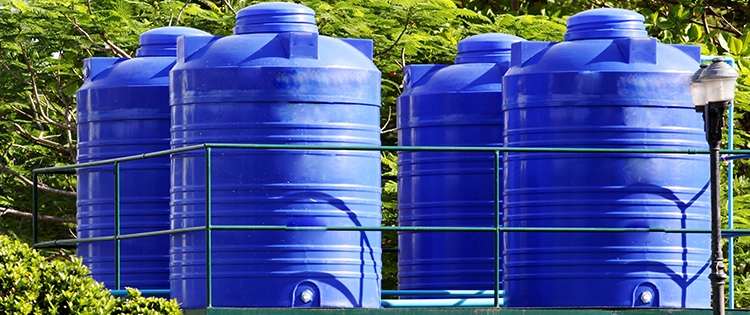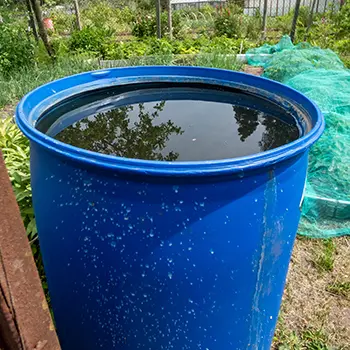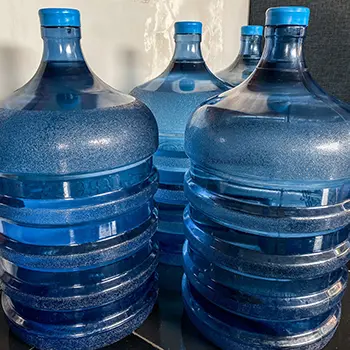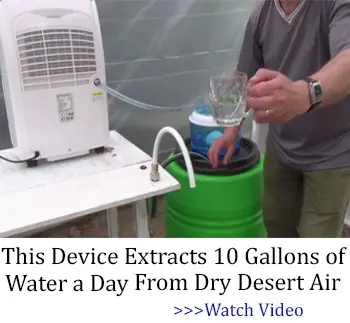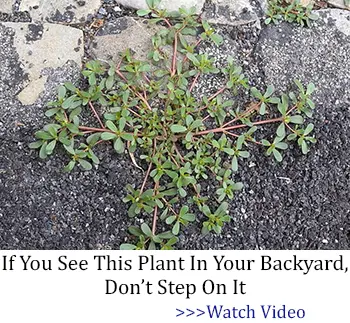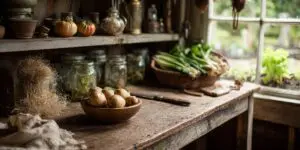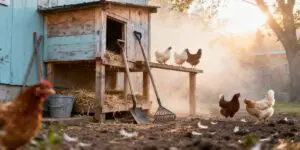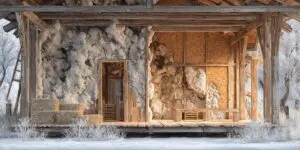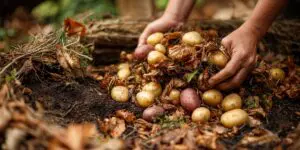Not many people realize how easily their water stockpile can put them and their families at risk in a crisis.
Are you one of those people?
Bacteria, viruses, and even parasites can thrive in water that isn’t fresh. That’s when it becomes unsafe to drink. Such biological contaminants are common, although some of them are not dangerous. Yet I’m sure you hate the thought of knowing harmful parasites could be living in your body for years.
In this article, I will tell you how to properly check if your water stockpile has been compromised, how a faulty water stockpile can affect you, what can ruin your water, and how to keep it safe.
How a Compromised Water Stockpile Can Affect You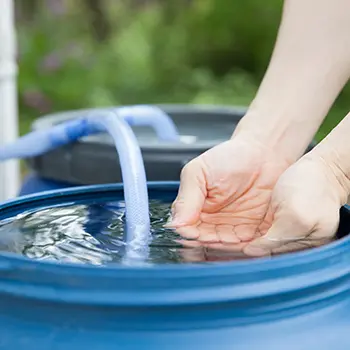
Picture this scenario: Disaster has struck, and the city has cut all water resources. Your water stockpile has been compromised too. You don’t have a way of knowing that, so you and your loved ones keep drinking from it, washing yourselves with it, cooking with it, etc.
Hospitals are overwhelmed, and pharmacies have been looted. What happens when your family gets sick, and you don’t know why?
- Pesticide and Heavy Metal Poisoning – These elements can be present right now in your water stockpile. You’ve worked hard to put together that water stockpile, and it might already be contaminated.
- Life-Threatening Illnesses – The most common harmful bacteria found in contaminated, untreated water include E. coli, legionella pneumophila, salmonella, cryptosporidium, Hepatitis A, cholera, and dysentery.
These bacteria can be fatal if not addressed promptly, and they start with nothing but nausea, stomachaches, and the feeling that you are unwell.
Would you risk your life by being infected with hard-to-pronounce bacteria that you can’t even see?
At least now you can get some meds and antibiotics to counter some of the pesticides that make their way into your body. But how are you going to manage it during the next crisis?
Pharmacies will run dry, and your only solution will be to make your own stockpile of these to keep you alive.
It’s what I did during the pandemic. I found a useful trick that can help you stockpile prescription antibiotics, and it’s completely legal. Here’s what you should do.
Filtering water isn’t as hard a process as those YouTube ”survivalists” make it out to be. And it’s not expensive if you want a filter to do the job properly. I bet you don’t want to spend your hard-earned money on those overpriced filters made in China or India. You should learn how to filter the water yourself!
I’ve tried the activated charcoal water filter, which I made myself using the guidelines from The Wilderness Long-Term Survival Guide.
It teaches you how to properly filter your water as well as:
- How to collect clean, drinkable water from plants.
- How to turn medicinal plants into natural remedies.
- How to cook in the wild with no gear.
- What plant you should burn in the woods.
- Why you should set noodles on fire.
- How to recognize useful plants like an expert forager.
- How to extract salt from plants.
Check out the other ways to filter your water in this guide!
How to Tell if Your Water Stockpile Has Already Been Compromised
I routinely check my water every two weeks just to make sure I’ll never be out of it when I need it most.
Inspecting it regularly is crucial so you will never be caught off guard. I’ll show you exactly how to do it:
- Check for any changes in the color of the water. It should be clear, and any small change in color could indicate contamination. Your job will be even harder if you’re using damaged or stained barrels as this will create confusion, especially if your sight isn’t the same as twenty years ago.
- Fresh water should have no smell at all. If you smell the slightest foul or unusual odor, it can be a sign of bacterial growth or chemical contamination. Many barrels or old plastic bottles can develop an unusual smell if not washed properly before stockpiling anything in them.
These are the most obvious ways to tell if your water stockpile has been compromised. Still, you should do more than that. - While it’s not advisable to taste potentially compromised water, if you do notice an unusual taste, it could be an indicator of contamination. If you have ever stored water in an old metal bucket, you could sense the slight taste of metal and rust. That’s due to the iron concentration that contaminates the water.
- You should also visually check for any particles or sediments at the bottom of your storage container. These can indicate that foreign substances have entered the stockpile. Heavy particles will always go to the bottom, so you can avoid them just by drinking the fresh water at the top without shaking the bottle to raise the impurities.
- Inspect the storage containers for any cracks, leaks, or signs of deterioration that could allow contaminants to enter. You should double-check this step if you’re storing any water outside.
What Should Your Water Stockpile Look Like?
The stockpile should be sealed tight to avoid such contamination.
If you store the water outside, you should avoid exposure to extreme temperatures and direct sunlight. Even air can degrade the quality of stored water. Viruses and bacteria can grow easily under the right conditions.
The Ultimate Threat to Your Water Stockpile
Many projects out there are real game-changers when it comes to stockpiling the most important resource.
If you plan to stockpile water, always store it in food-grade containers designed specifically for water storage. Avoid using previously used containers that may have held chemicals or other non-food substances.
Ensure all containers are tightly sealed to prevent air, insects, and other contaminants from entering. Keep your water stockpile in a cool, dark environment to minimize the risk of bacterial growth and chemical reactions caused by light and heat.
Add water preservatives to your stockpile to inhibit the growth of bacteria and algae. Follow manufacturer guidelines for proper use.
Rotate your water stockpile every six to twelve months. Use the oldest water first, and replace it with fresh water to ensure a constant supply of potable water.
If taking care of your water stockpile sounds like too much work, you can always try this backpack-sized water generator.
I could not imagine outliving a crisis without this air fountain. It produces 40 gallons a day right from your property without being connected to the power grid!
My family and I have been using it for just over a year now, and it truly delivers.
DIY Pressurized Rainwater Harvesting and Purification System (Video)

